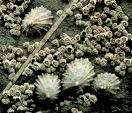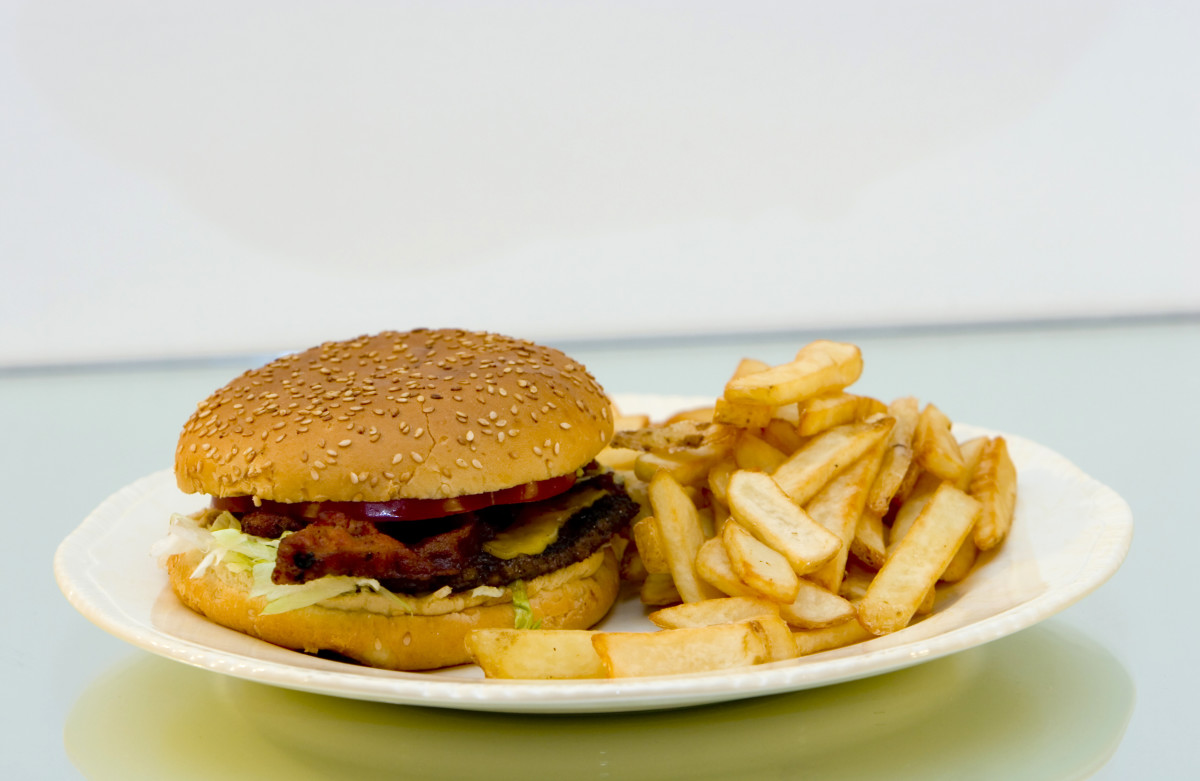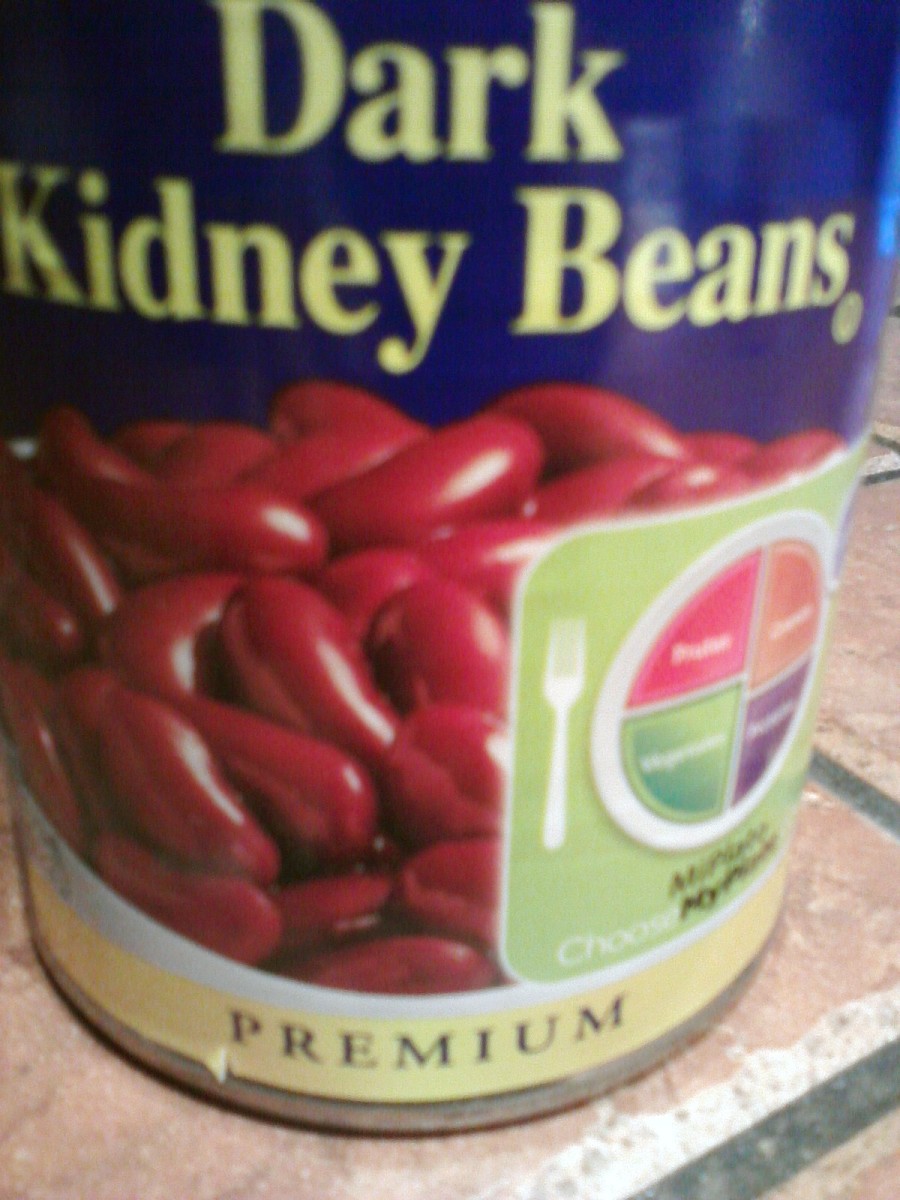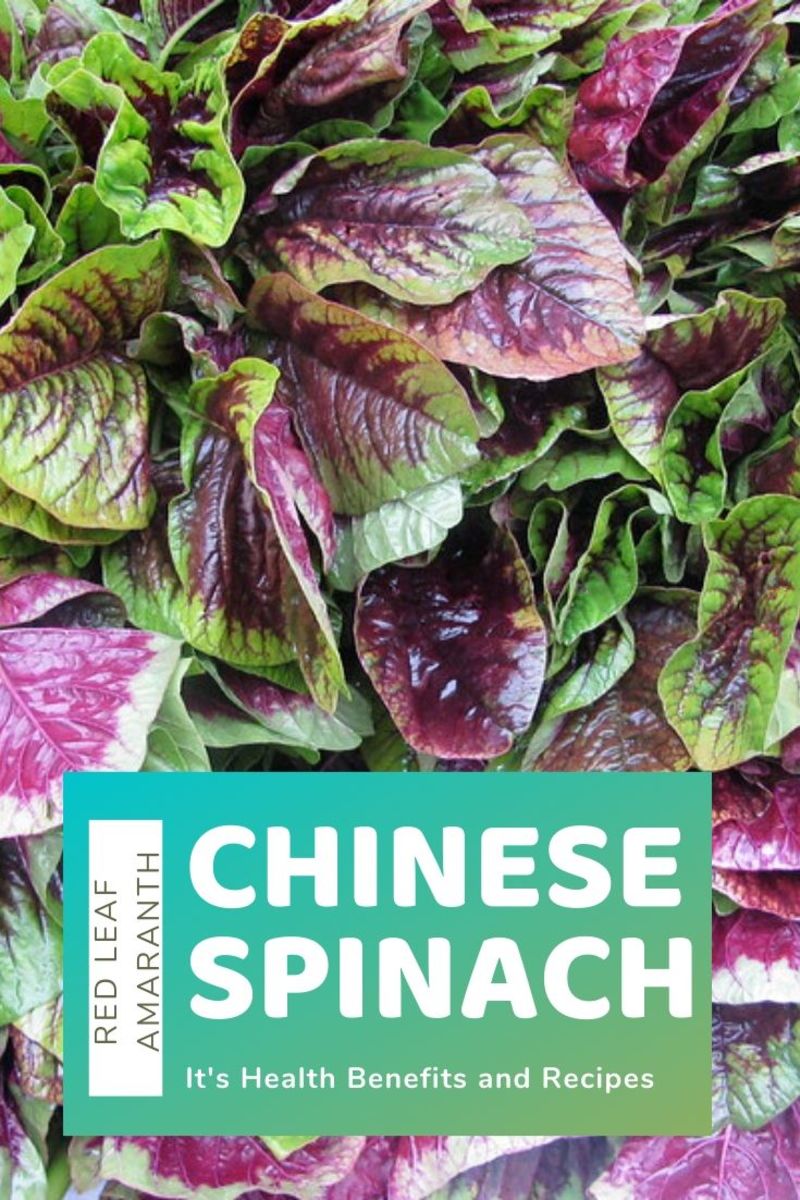Free Food for the Taking
Three items available during this season.



Save Money with Nature's Bounty
How on earth does a working family with two or three kids, a substantial mortgage and a few thousand more on credit make it these days? I imagine it’s by the loan amount - the credit card balance - being allowed to creep up again. I live alone at the moment and am comfortable with a pension and a few shekels I pull in now and again as a writer. But there’s not much left over at the end of the month and I have stopped saving for the annual trip to Mexico. The prospect of Broadstairs for the break looms largely. Sheeeeet, as they say in Texas. (but I will go ‘limpeting…read on).
There is no doubt for most it is the food bill that threatens to break the bank. You don’t have to go on an expensive holiday; you can cut back on cars and mileage; the clothes will do another year; Clark’s shoes carry you around as well as Jimmy Choo’s. (You can even get well shod and shirted in the charity shops). But once you have eliminated the luxury items, such as the booze, expensive cuts of meat and the rest, you will still have a substantial amount to pay at Tesco, or wherever you shop. You can’t stint on the kid’s nutrition and their favourite snacks without a rebellion, especially at Christmas time.
So how can you save on the food bill and still provide a satisfying, nutritious diet for your family?
The answer is not far away, and in a nutshell (ahem) the answer is “Free Food,” or food available for the taking in the natural world, well known in other European countries, such as Spain, but little known or understood in materialistic, convenience-food Britain.
You could quite easily live entirely on food you gathered and caught in the wild, even in the overcrowded and feeway covered UK: in Canada and the USA, or course, it is easier and many people actually do it. In Britain, it would probably take up more time that you have to spare to provide all your nutritive needs this way, so this hub deals with a few items to bolster your diet and cut back on your weekly expenditure. The amount of effort you put in and the amount you save will be up to you.
This, or course, is not a subject that can be covered by a simple hub article, except to look at a couple of items and titillate your interest. You need a book, such as “Food for Free,” by Richard Mabey, for that.
The calendar is the first thing to look at. We have all gathered blackberries, although I am sad to see even this pleasurable pastime is being largely ignored these days. These, and many other berries, are full of vitamins, beneficial sugars, energy and fibre. But berry season in the UK is late summer and autumn: book mark most of these for next year. There is one item waiting on the bush however. That is rosehips. You can buy it as rosehip syrup in the health food shops, but it’s not cheap due to its concentrated goodness - which is why it was exploited commercially after WW2” when other fruit supplies had dried up. This sun-ripened and gloriously sweet berry, or hip, has been eaten for hundreds of years. It was used as a dessert in the middle ages, as a filling for tarts.
It has been determined that rosehips contain 20 times the vitamin C of oranges, yet this largess goes to waste by the hundreds of tons in our lanes, hedgerows and gardens. (During the war, the Health Ministry was gathering more than 400 tons per year!). People say it is too hard to prepare or its hairs get stuck in their throats, yadder, yadder, yadder! It’s true the seeds and their protective hairs need removing as they can be a dangerous irritant to the stomach lining; hips are not means to be eaten like blackberries.
Here’s how our own Ministry of Health (before it became the mindless “Elf ‘n’ Safety” with nothing useful to do except nanny us today) advised us how to prepare rosehip syrup in the middle of the last century.
“Add 2 lbs of ripe minced hips (deep orange or red) to 3 pints of boiling water. Bring back to boil then stand the mix to one side for 15 minutes. Pour into a flannel, or a crash jelly bag and allow the bulk of the liquid to drip through. Repeat operation with residue, adding 1 1/2 pints water this time. Let stand for 10 minutes and filter through flannel or bag again. Eyeball to see all sharp hairs have been removed. Reduce juice by boiling down to about 1 ½ pints. Add one pound sugar and boil for further 5 minutes. Pour into small sterilized bottles (with sterile corks) and store in the dark. It’ll keep about a week after being opened. This delicious and nutritious syrup can be used to flavour any dessert, ice-cream or yoghurt, or diluted and used as a vitamin-rich beverage. You’re only expense is about £1 for sugar and your time.
Limpets. We have all eaten shellfish at the seaside: winkles, cockles, mussels, clams and oysters…why then do we avoid the commonest shellfish of all, covering our rocks and piers and there for the taking?
When I was a young monster living in Broadstairs I brought many edible crabs and fish back to the table. While exploring the rocks, we would often creep on a limpet and knock it off a rock with a swift blow before it had time to step-up its suction and hold on the rock. Once that had happened, you couldn’t remove it without breaking the poor creature’s shell. As no one we knew ate them, they were just seen as rubbish or an amusing diversion.
The truth is, limpets are fine for the pot, although they are more chewy than some other shellfish. They should be gathered from rocks only uncovered at low tide. The easiest way to get them off the rock is with a small bricky’s trowel and a mallet (or a rock) one sharp blow should beak the seal. Aim for the large limpets (about 2 to 3 inches across). Boil them for some time and they are easy to remove from shell, the meaty foot is the part to eat. They can be whacked, tenderised and fried as they are in the Isle of Man at Easter. Vary good and healthy source of protein and one with little commercial value in shops in Britain.
Blewits. With this exception, I have stayed away from the host of edible fungi as it is so hard to tell the difference between some mushrooms and deadly toadstools. The consequences of making a mistake are so dire and life-threatening, it’s best to go with an expert until you can easily tell the difference. (See my hub on Amanita, etc.).
There are two Blewit mushrooms to interest you: the Field Blewit and the Wood Blewit. (If you make a mistake and eat a toadstool, you ‘blew it!).
They are commonly found from October until December, so look now for Christmas. These mushrooms are similar, with the Wood Blewit being flatter on top. They are slightly swollen at the bottom of the stem but have no “ring,” or “veil,” the giveaway signs of a poisonous fungi. They are named for a bluish, violet tinge to their colour, are white, or green tinged; the Wood Blewit may have a reddish tinge. They are dry to the touch and will smell sweetish. These are often the mushrooms which form “fairy rings” and can be easily overlooked as they sometimes mimic dead leaves scattered around. Don’t pick them when they are wet as they are porous and water inundated then. Wash and chop-off stems at home, they are delicious with eggs and onions in an omelette or cooked and eaten like tripe, which they resemble. Best not eaten raw as they can be hard to digest. Definitely cook Wood Blewit before eating.
There’s three food items available now (limpets are all year around). So get out there in the fog, rain and cold and save yourself some £££’s: you may curse me every time you smash your fingers removing limpets; get impaled by thorns gathering rose hips, or end up in the emergency ward for a liver transplant after eating a toadstool. Yes, it‘s free; didn‘t say it was easy!!






